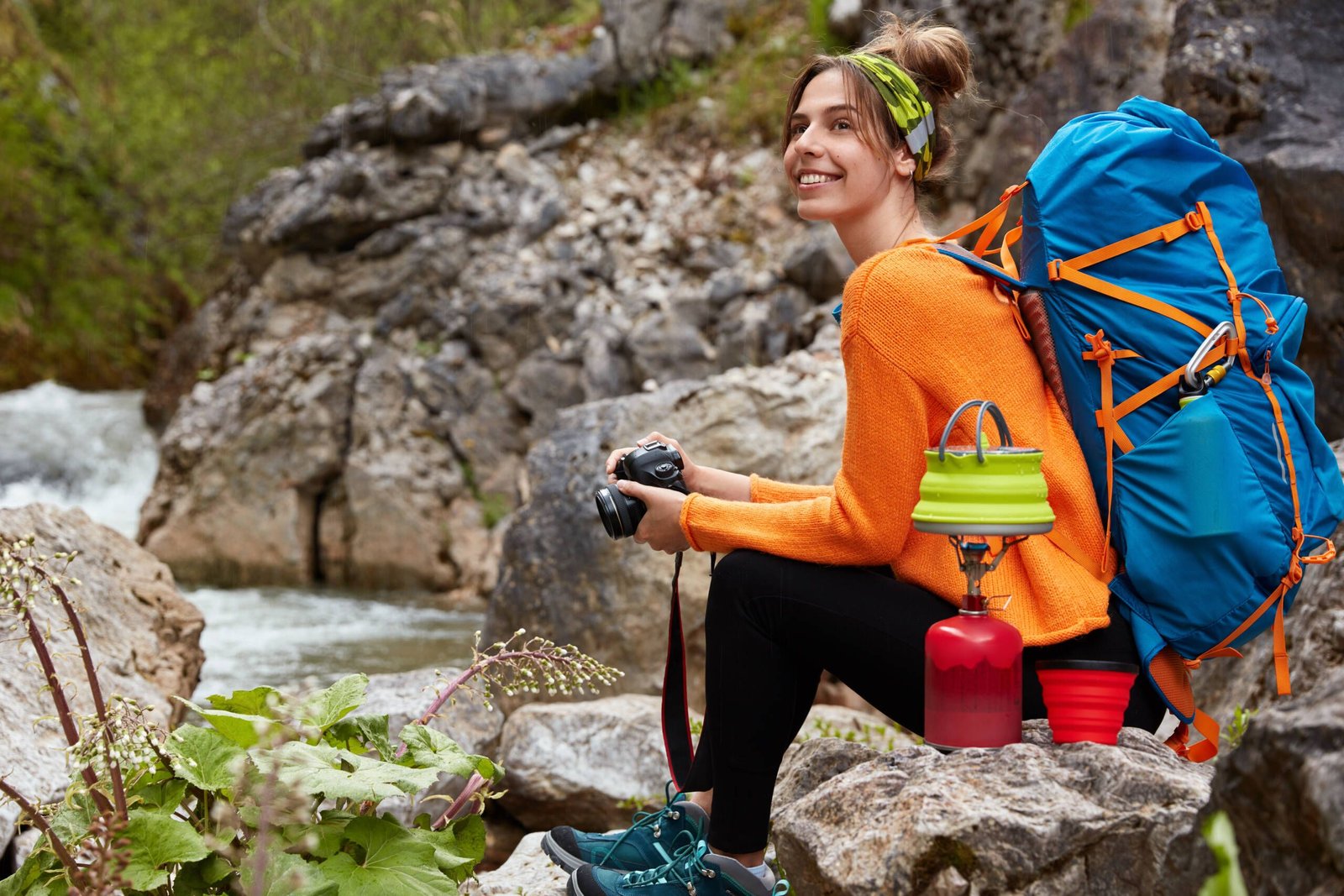Attention all adventurers! If the majestic allure of the Himalayas is calling your name, you’re not alone. These towering peaks offer raw beauty, sheer challenges, and a spiritual ambiance that’s just too irresistible. But let’s be real—trekking at high altitudes comes with its own set of challenges and dangers. The key to a fun and safe trekking experience is being well-prepared.
At The Himalayan Outback, we live and breathe these mountains. We are here to help you acclimate to the high-altitude environment of the Himalayas. Let’s dive into the essential steps and precautions you need to take before setting out on this thrilling adventure.
Understanding High Altitude and its Effects
Before you even pack your bags, it’s crucial to understand how high altitude affects your body. As you climb higher, the amount of oxygen in the air decreases, which can lead to altitude sickness. Symptoms can range from mild headaches and nausea to severe conditions like High Altitude Pulmonary Edema (HAPE) or High Altitude Cerebral Edema (HACE).
Altitude sickness occurs because your body is not accustomed to the lower levels of oxygen available at higher elevations. This can impact your physical performance and overall well-being. Understanding these effects helps in taking proper measures to acclimatize effectively.
The Key to Acclimatization
Acclimatization is how your body adjusts to reduced oxygen levels. To acclimatize effectively:
• Start Early: Get your body ready months in advance with cardio exercises like running, swimming, or cycling. Building cardiovascular strength will improve your body’s ability to use oxygen more efficiently.
• Take it Slowly: Once on the trek, take it easy. The golden rule is ‘climb high, sleep low’. This gives your body time to adjust. Gradually ascending allows your body to adapt to the thinning air, reducing the risk of altitude sickness.
Practicing Safe Trekking
Safety first, folks! Here are our top safety tips:
• Gear Up: Good quality gear is your best friend in the mountains. Invest in warm clothing, comfortable boots, and essential equipment like trekking poles and a reliable backpack.
• Stay Hydrated: Dehydration makes altitude sickness worse. Drink lots of water and avoid alcohol and caffeine. Staying hydrated ensures your body functions optimally and can better tackle the challenges posed by high altitudes.
• Get Insurance: Always have travel insurance that covers high-altitude trekking and potential evacuation. It’s crucial to be prepared for any unforeseen circumstances, ensuring you can access medical help if needed.
Training and Preparatory Tips
Get your body trek-ready with these tips:
• Strength Training: Focus on leg strength. Squats and lunges should be your go-to exercises. Building muscle strength in your legs will help you manage the physical demands of trekking.
• Breathing Exercises: Practice yoga or meditation to improve your breathing technique, which will be a big help at higher altitudes. Controlled breathing can enhance your oxygen intake and make the trek more comfortable.
Recognizing the Signs of Altitude Sickness
Knowing the symptoms of altitude sickness can literally save your life. Watch out for:
• Persistent headaches
• Nausea and vomiting
• Lack of appetite
• Shortness of breath
• Disorientation or lack of coordination
At the first sign of these symptoms, stop ascending immediately and, if necessary, descend. Early recognition and prompt action are essential in preventing serious complications.
Final Preparations Before the Trek
Make sure you’re all set with these final steps:
• Check Your Gear: Ensure everything works properly and fits well. Test your equipment beforehand to avoid any surprises during the trek.
• Understand Your Route: Familiarize yourself with the trekking route. At The Himalayan Outback, we provide detailed briefings on what to expect each day. Knowing the terrain and what lies ahead prepares you mentally and physically for the journey.
• Meet Your Team: Get to know your guides and fellow trekkers. Trust and teamwork can make a big difference. Building camaraderie ensures a supportive environment, making the trek more enjoyable and safer for everyone.
Maintaining a Respectful Approach to the Environment
The Himalayas are not just stunning landscapes but also sacred grounds. It’s important to be respectful and environmentally friendly:
• Follow “Leave No Trace”principles: Leave the environment as you found it, minimizing your impact.
• Respect local culture and traditions: Understand and honor the customs of the communities you visit.
• Contribute positively to the local economy: Support local businesses and guides, contributing to sustainable tourism practices.
The Takeaway
Trekking in the Himalayas is an exhilarating experience that requires preparation and respect for its unique challenges. By preparing yourself physically and mentally, learning about the risks, and taking necessary precautions, you’ll have a trek to remember for all the right reasons. Remember to keep trekking safety tips in mind throughout your journey. And remember, The Himalayan Outback is here to guide you every step of the way, ensuring you treasure every moment in these spectacular mountains.
Ready to take on the Himalayas? Start planning your adventure with The Himalayan Outback today and trek with the confidence of being in safe, experienced hands. Safe travels and happy trekking!
Seeking the thrill of high-altitude adventure? Explore the Himalayas safely with expert tips on preparation, acclimatization, and trekking practices. Join The Himalayan Outback for an unforgettable experience!







